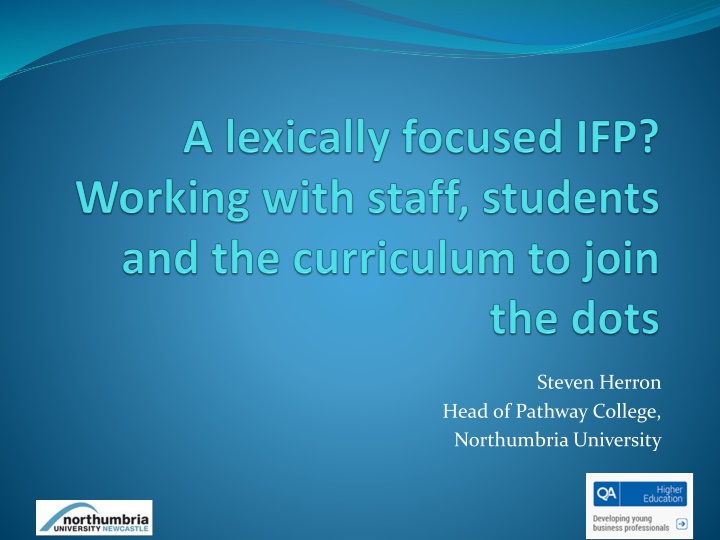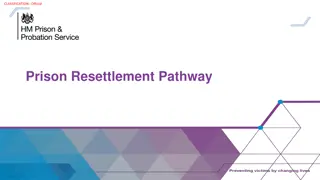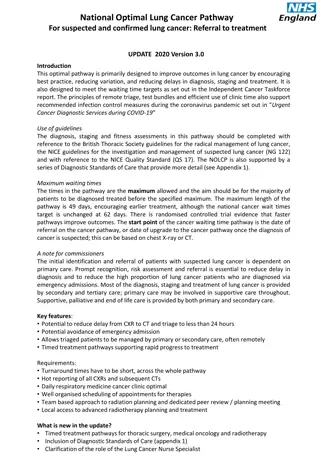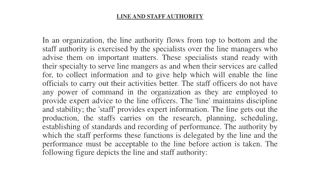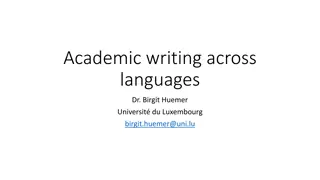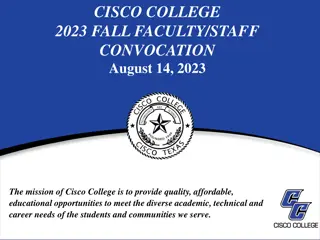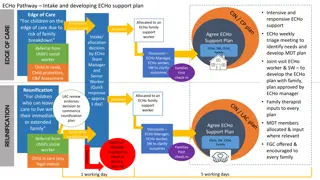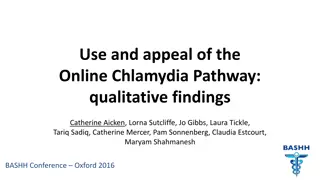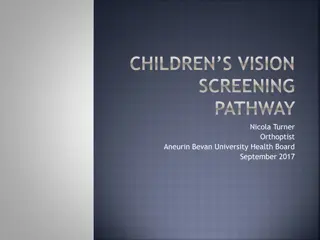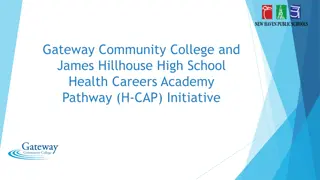Challenges in Categorising Lexis for Pathway College Staff
This presentation delves into the challenges faced in categorising lexis for Pathway College staff, exploring the background, provision diversity, required word ranges, and the importance of mid-frequency words according to Schmitt and Schmitt (2014).
Download Presentation

Please find below an Image/Link to download the presentation.
The content on the website is provided AS IS for your information and personal use only. It may not be sold, licensed, or shared on other websites without obtaining consent from the author.If you encounter any issues during the download, it is possible that the publisher has removed the file from their server.
You are allowed to download the files provided on this website for personal or commercial use, subject to the condition that they are used lawfully. All files are the property of their respective owners.
The content on the website is provided AS IS for your information and personal use only. It may not be sold, licensed, or shared on other websites without obtaining consent from the author.
E N D
Presentation Transcript
Steven Herron Head of Pathway College, Northumbria University
Overview Background to this presentation Categorising lexis and how much is required Challenges of lexis on our IFP Bringing it all together Some observations/assumptions Some ideas Categorising lexis with some thoughts Some examples of joining the dots
Background Inform 2013 INTO Diploma, presentation about pathway staff working together (EAP + subject) Follow up presentation with Reichard and Stephenson (InForm, 2014) examining joint assessment in more detail Northumbria pathway (new partnership with QAHE) established 2014 with four routes
The challenge of provision diversity University or university partner Targeted or generic programme Grouping of different routes altogether or separated Grouping of level abilities or separated Level of target programme (English and subject) for progression
Categories of lexis According to Nation (2001): General (2,000 frequently used items) Academic (the AWL) Technical (high/moderate frequency level within a limited range of texts) Low Frequency
How many words are needed? According to Schmitt and Schmitt (2014), the ranges are as follows:
How many words are needed? range examples 3,001 4,000 academic, consist, exploit, rapid, vocabulary 4,001 5,000 agricultural, contemporary, dense, insight, particle 5,001 6,000 cumulative, default, penguin, rigorous, schoolchildren 6,001 7,000 axis, comprehension, peripheral, sinister, taper 7,001 8,000 authentic, conversely, latitude, mediation, undergraduate 8,001 9,000 anthropology, fruitful, hypothesis, semester, virulent
The problem Schmitt and Schmitt (2014): The mid-frequency words (MF) are the most important MF is not taught particularly well or substantially enough on programmes of learning MF is also rarely covered well in textbooks
The lexical journey If A is the beginning / first contact and B is the ability to use the word fully (all word forms, collocations, etc.) Where is each student now on that journey and how will they continue to move forward?
It is important to acknowledge the incremental nature of vocabulary learning, and to understand that an effective vocabulary learning program needs to be principled, long-term, and one which recognizes the richness and scope of lexical knowledge. (Schmitt, 2008, pp.354)
How lexical terms are used Subject Interpretation / use: Reflection English Reflection of what you have learnt from a class (etc.) ADM Art critof work (self and others) / examining perspectives Business Looking at theory into practical real-world examples Engineering How successful the testing or formula / calculations were Maths (app) What do the stats (or other item) testing mean within the context / situation they were given
How lexical terms are used Subject Interpretation / use: Critical English Opposite of descriptive writing / oral response with evidence-based response to create an argument ADM A systematic composition of negative and positive traits of a piece of work (perhaps then compared to others) Business Makea case for one stance based on a comparison of approaches, theories, etc. Engineering Describe whya process or system would not work (completely) or be less/more effective than another Maths (app) Evaluate what the stats mean and what they might suggest in a real world context
Meanings We also use different lexical terms for the same / similar meaning, e.g. : Brackets, parentheses Addition, plus Angle, perspective Laws, rules, policies
Some assumptions / observations Students see lexis by module / subject Students do not provide the same attention to learning all they can about a word outside the class Recording lexis is problematic in this digital age record by book, cards, e-database, app? Collation? Increasing lexical range can be done much more outside rather than inside the class Increasing lexical accuracy can be done much more in learning activities (in class or set work)
How are we going to join the dots? Moving assessment to align and then offer further practise in the following semester (e.g. report writing) Ensure knowledge of what is being covered in each module / subject set English LOs in subject / Subject LOs in English? Incorporating lexis within tasks, listening/reading texts, a wide range of situations
General Academic Day-to-day situations EAP / Subject Academic discourse / policies, etc. Pedagogy (CiLL, lexical-approach?, etc.) Corpus (or many?) Classroom tasks Study books Self directed work Social activities Engagement with academic and local community Low Frequency Technical Connecting language from academic and day-to-day contexts Subject specific
Examples of joining the dots Linking the content and English together in modules at top-down level (curriculum) Building links within the university provision and fostering student engagement with the wider community (events, etc.) Exchanging word lists, creating a corpus, helping students to record and recall words (cognitive dev.)
Examples of joining the dots A critical thinking team building activity afternoon with students
Final thought The variety of factors which affect vocabulary learning means that there will never be one best teaching methodology, but the meta-principle of maximizing sustained engagement with the lexical items which need to be learned appears to underlie all effective vocabulary learning. (Schmitt, 2008, pp.354)
References Nation, I.S.P. (2001) Learning Vocabulary in Another Language. Cambridge: CUP Schmitt, N. (2008). Instructed second language vocabulary. Language Teaching Research 12,3 pp. 329 363. DOI: 10.1177/1362168808089921 Schmitt, N. & Schmitt, D. (2014). A reassessment of frequency and vocabulary size in L2 vocabulary teaching. Language Teaching, 47, pp. 484-503. DOI:10.1017/S0261444812000018
Thank you Thank you for listening Do you have: any questions? any comments? steven.herron@northumbria.ac.uk
